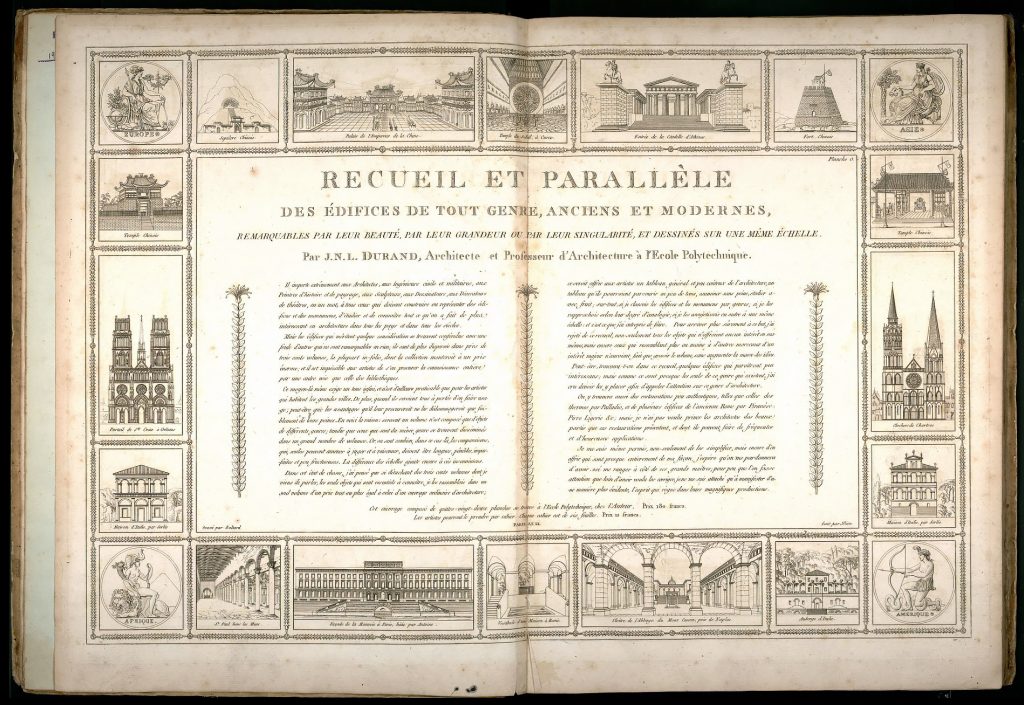
Presentation
The notion of typology implies a disciplinary approach to architecture, which is often identified only with the study of permanence. However, some types, such as the Haussmann building, have only existed during a given period and in a given place, but in a significant number of copies that still makes it a type. It is therefore a notion based on repetition. By type we mean a sort of matrix with blurred contours which allows buildings to be grouped into families. The corridor plan or the courtyard, for example, are types. The type is not a model to be reproduced, but all the buildings belonging to a given type, although different in form and space, share a series of common characteristics which it is useful to know. Some types, such as the courtyard building, can be considered permanent: a house in Pompeii, a medieval Persian caravanserai, a Beijing hutong, or many contemporary buildings have common characteristics. We understand that the typological approach is a cultural approach to architecture; it implies knowledge of its history since it allows us to establish relationships between buildings built in spaces of time that are far apart. It therefore takes an inclusive view of the discipline. Furthermore, it tends to question the idea that new societal problems can only be solved by new architectural inventions, by showing that although buildings can have a potentially infinite variety of forms, they are derived from a much more limited number of types, thus also demonstrating the resilience of spatial patterns. In fine, the typological view is also an invitation to invention, but a reasoned invention, which celebrates, as well as re-considers, the notion of authorship. By acknowledging the validity of certain tried and tested solutions, typology enables us to invent wisely, and to integrate individual creativity into the flow of an architectural culture considered as collective.
Prof. Eric Lapierre, responsible for the orientation
2 September presentation – coming soon
Training contents 2024-2025 |
||
|---|---|---|
| Compulsory | ||
| Studios | Teachers | ETCS |
| Studio MA1 ** |
Lapierre / Piovene et Fabi |
12 |
| TU (Teaching units) | ||
| UE C : Habitat et société** | Bourdon / Legrand / Pattaroni | 4 |
| UE V : Visions et utopies** | Braghieri / Cattapan | 4 |
| Courses | ||
| Domestic space in the 20th century | Aureli | 3 |
| Constructing the View : Still Life** | Schaerer | 3 |
| Habitat et typologie** | Delhay / Lapierre / Pattaroni | 3 |
| Constructing the View : Still Life** | Schaerer | 3 |
| Recomended | ||
| Studios | ||
| Studio MA2 | Lapierre / Lippok et Walter | 12 |
| TU (Teaching units) | ||
| UE N : Constructing the view | Schaerer | 4 |
| Courses | ||
| Architecture merveilleuse | Lapierre | 3 |
| ** compulsorily one of the courses, all of which can be taken, and compulsorily one of the teaching units and one of the studios | ||